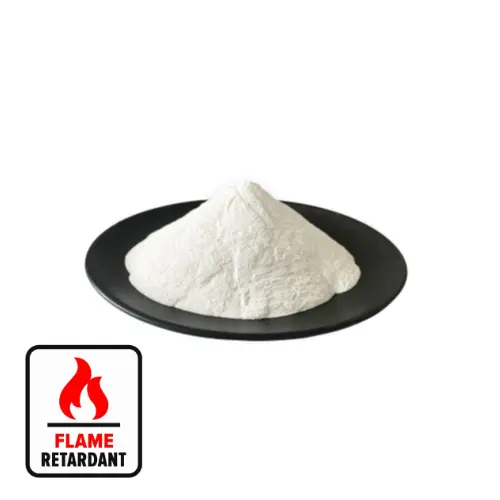As an environmentally friendly inorganic chemical product, magnesium hydroxide has the advantages of high thermal decomposition temperature, good adsorption capacity, and high activity. It is widely used in aerospace, environmental protection, flame retardant and other fields.
Due to the physical surface characteristics of magnesium hydroxide, it is not conducive to the preparation of composite materials. Therefore, improving the physical, chemical or mechanical properties of magnesium hydroxide through surface modification methods is currently the direction of many scholars’ efforts.
Dry modification
Dry modification means that magnesium hydroxide is in a dry state during the modification process. Ye Hong et al. used silanes as a research method for dry modification of magnesium hydroxide. After modification, they were added to EVA to make composite materials. This method significantly improved the dispersion and compatibility of the product. Teng Mouyong et al. proved that the modification effect of rare earth coupling agents is the most significant compared with other coupling agents. Li Sanxi and others proved that adsorption occurs during the dry modification of magnesium hydroxide by modifiers.
Wet modification
Wet modification refers to dispersing magnesium hydroxide through a solvent before modification. Zhou Weiping chose a composite modifier to wet-modify magnesium hydroxide, which proved that wet-modified magnesium hydroxide is more compatible with polymers. Luo Shiping compared the modification effects of sodium dodecylbenzene sulfonate, sodium oleate, sodium undecylenate and sodium stearate on Mg(OH)2, and the results proved that the modification of sodium undecylenate The effect is better. An Jing et al. used sodium stearate for wet modification and found that when the modified magnesium hydroxide was added in an appropriate amount, the flame retardant properties of the composite material were significantly improved, accompanied by a self-extinguishing phenomenon. Chen Yi et al. wet-modified magnesium hydroxide with sodium oleate. After analyzing the data, they proved that the particle size of magnesium hydroxide would not change significantly as it was modified.
Hydrothermal method
The hydrothermal method is a method of changing the system environment by heating in a water environment. YU et al. used magnesium oxide to prepare porous flaky magnesium hydroxide through hydrothermal treatment. Zheng Xiaogang and others added compound modifiers and magnesium chloride into the reaction system, and added some small steel balls in the water bath to obtain modified ultrafine Mg(OH)2. This method has mild conditions and is a new preparation idea. Zhao Zhuoya and others used hydrothermal treatment of magnesium hydroxide to successfully transform its appearance into hexagonal flakes. Li Jinping’s hydrothermally treated industrial magnesium hydroxide is purified into rod-like or flake-like shapes, and the product purity can be as high as 91% under optimal conditions. The hydrothermal method has better modification effect and is a good method to reduce energy consumption.
Microencapsulation coating method
Liu Jianzhou and others used zinc hydroxystannate prepared by a uniform precipitation method to successfully wrap the surface of magnesium hydroxide, and the flame retardant properties of the material prepared by adding it to the polymer were improved. Chen Xu and others successfully modified magnesium hydroxide by microcapsule coating using melamine resin as a modifier, and confirmed that the modified magnesium hydroxide can improve the performance of composite flame-retardant materials.
Surface graft modification
Zhang Yongzhao et al. explored the effect of PMMA coating amount in in-situ graft modification. As the coating amount increases, the sedimentation rate of magnesium hydroxide shows a downward trend. Hu Yong et al. successfully realized graft-modified magnesium hydroxide with polyacrylate and proved that the dispersion in modified magnesium hydroxide and LDPE composite materials was significantly improved.
At present, modification technology is still in full bloom, and seeking better and more effective modification methods is still a hot topic in the industry.

